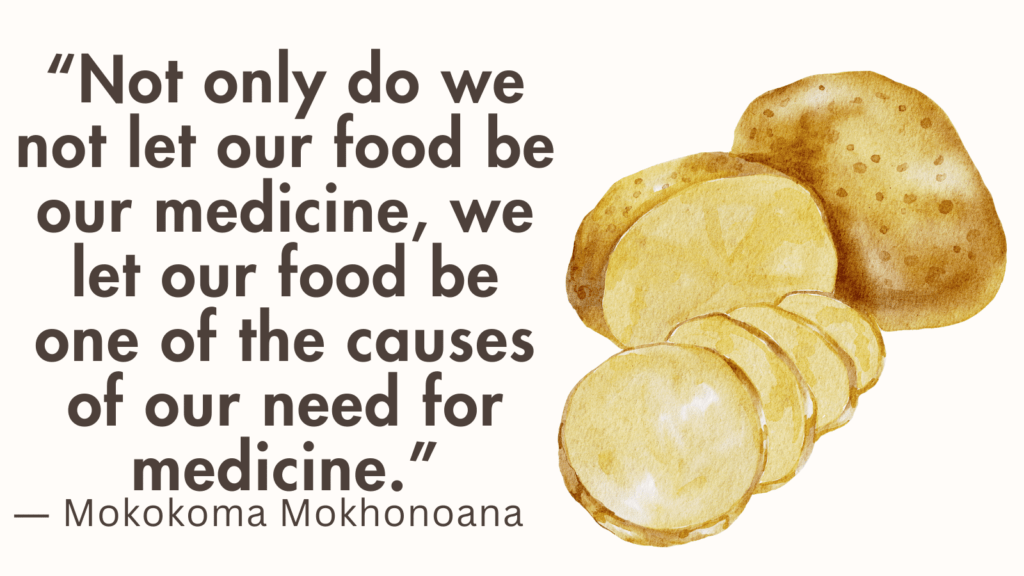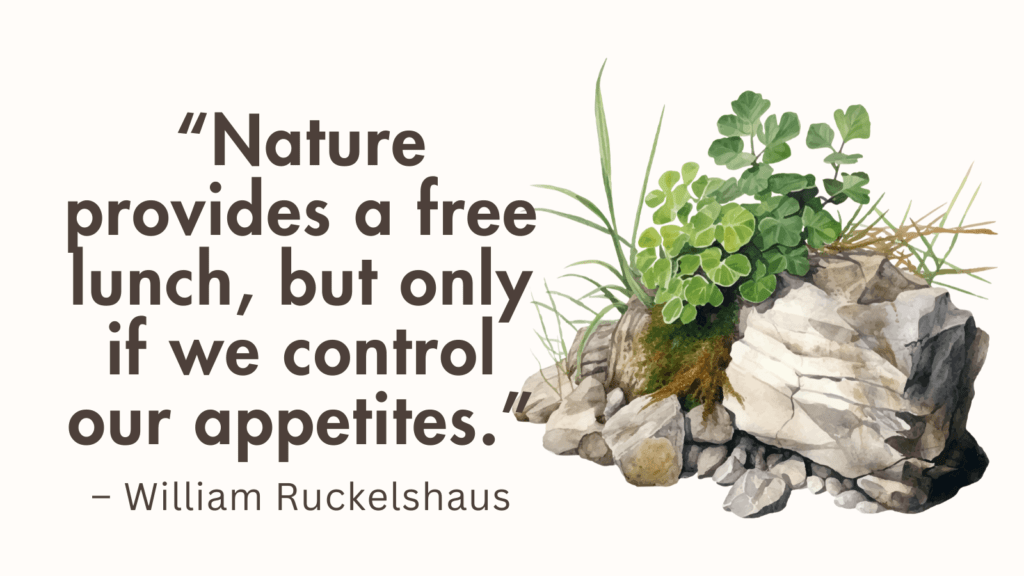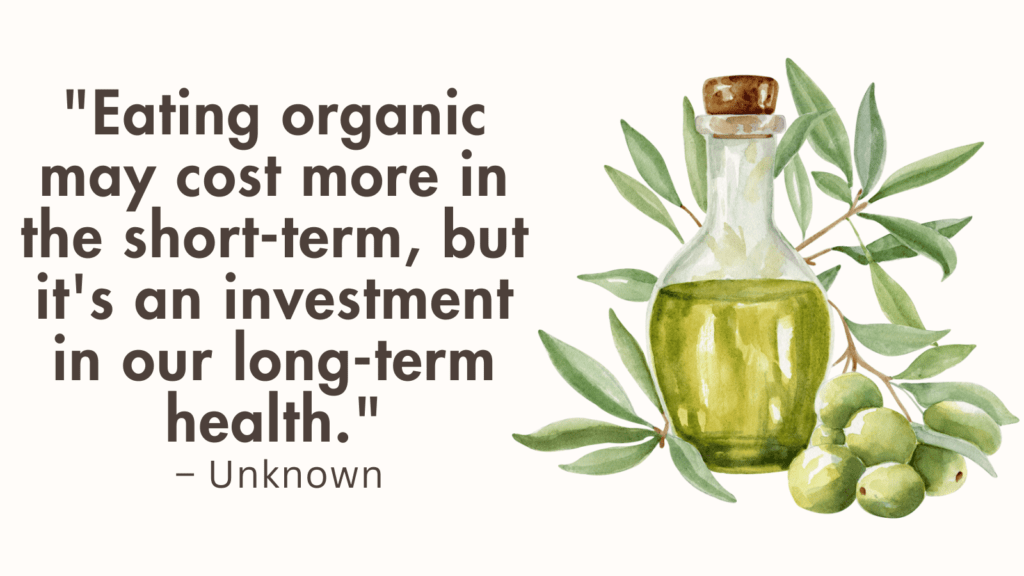In this post, you’ll find out the answer to the question “Do potatoes need to be organic?”
- Do Potatoes Need To Be Organic?
- How Long Does Potato Salad Last?
- How Long Are Mashed Potatoes Good For?
- What Goes With Mashed Potatoes?
- What Goes With Baked Potatoes?
- What Goes With Potato Soup?
- Are Sweet Potatoes Gluten Free?
- How to Know If Sweet Potatoes Are Bad?
- Can Chickens Eat Potato Skins?
- Can Chickens Eat Sweet Potatoes?
- Can Cats Eat Mashed Potatoes?
- Can Rabbits Eat Potatoes?
- Can You Grow Potatoes Indoors?
Do Potatoes Need To Be Organic?
While organic produce is generally seen as a healthier option, the decision ultimately comes down to personal preference and priorities.
Organic potatoes are grown without the use of synthetic pesticides, fertilizers, or genetically modified organisms (GMOs).
This means that they may have lower levels of chemical residues, making them potentially safer to consume.
However, conventionally grown potatoes can still be nutritious and safe, as they undergo rigorous testing to ensure they meet safety standards.
In terms of taste and texture, some individuals claim that organic potatoes have a better flavor and a firmer texture compared to conventionally grown ones.
Additionally, growing organic potatoes supports sustainable farming practices and reduces environmental impact.
If you prioritize supporting organic farming or have concerns about pesticide residues, then choosing organic potatoes may align with your values.
Ultimately, it is important to wash all potatoes thoroughly before consumption, regardless of their organic status, to remove any residues or dirt.
Related: Garden Tool Box [Complete Guide + Resources]
How Long Does Potato Salad Last?
Potato salad is a classic dish that is enjoyed by many, especially during picnics, barbecues, and potluck gatherings.
On average, homemade potato salad can last for about 3 to 5 days when stored properly in the refrigerator.
This duration may vary depending on the specific ingredients used and the overall freshness of the potatoes.
It is crucial to keep the potato salad cold at all times, as bacteria can rapidly multiply at room temperature, leading to potential foodborne illnesses.
To extend the shelf life of your potato salad, it is recommended to store it in an airtight container or covered with plastic wrap.
This helps prevent any outside contaminants from entering the dish.
If you are uncertain about the freshness of your potato salad, it is always better to err on the side of caution and discard it.
Signs of spoilage include a sour or off odor, changes in texture, or if it has been left at room temperature for an extended period.
Related: How To Build A Garden Window?
How Long Are Mashed Potatoes Good For?
Mashed potatoes are a beloved side dish that many people enjoy, but it’s important to know how long they are good for in order to avoid any potential food safety issues.
Generally, mashed potatoes can be stored in the refrigerator for about three to five days.
However, the exact duration may vary depending on the ingredients used and the storage conditions.
To ensure their freshness and taste, it’s best to store mashed potatoes in an airtight container or covered with plastic wrap.
If you have leftover mashed potatoes that you won’t be able to consume within this timeframe, consider freezing them.
Frozen mashed potatoes can last up to 4 to 6 months, but keep in mind that the texture might change slightly upon thawing.
As always, it’s crucial to use your own judgment and discard any mashed potatoes that show signs of spoilage such as an off smell, mold growth, or strange texture.
Related: How To Put Slate In A Garden?
What Goes With Mashed Potatoes?
When it comes to mashed potatoes, there are countless delicious options that can complement and enhance this classic side dish.
One popular pairing is gravy, which adds a rich and savory element to the creamy potatoes.
Other classic options include roasted meats such as turkey, chicken, or beef, as the tender meat contrasts beautifully with the smooth texture of the potatoes.
Furthermore, vegetables like green beans, peas, or carrots can provide a fresh and colorful addition to the plate, adding both variety and nutritional value.
For those looking for a vegetarian option, mushroom gravy or caramelized onions make for delightful toppings.
Additionally, mashed potatoes can be transformed into a complete meal by adding in some protein-rich options, such as shredded cheese, bacon bits, or chives.
Related: Why Do You Plant Rosemary By Your Garden Gate?
What Goes With Baked Potatoes?
When it comes to baked potatoes, the possibilities for delicious accompaniments are endless.
One popular choice is to top your baked potato with sour cream and chives, creating a creamy and refreshing combination.
If you prefer a heartier option, try loading your potato with crispy bacon, melted cheese, and a dollop of tangy barbecue sauce.
For a healthier alternative, steamed broccoli and a sprinkle of shredded Parmesan can offer a satisfyingly nutritious pairing.
Some people also enjoy exploring international flavors, such as topping their baked potato with chili con carne, guacamole, and salsa for a Tex-Mex flair.
Furthermore, baked potatoes can be a wonderful vehicle for other vegetables like roasted mushrooms, grilled zucchini, or sautéed bell peppers.
Ultimately, the choice of what goes with baked potatoes is entirely up to your preferences and taste buds, so don’t be afraid to experiment and discover your favorite combinations!
Related: Do Rabbits Eat Mint In The Garden?
What Goes With Potato Soup?
When it comes to potato soup, there are many delicious options that can complement its rich and comforting flavors.
One classic pairing is a crusty bread or dinner rolls, which can be dipped into the creamy soup for an extra layer of texture.
Another popular choice is to serve a side salad alongside the soup.
A simple green salad with fresh vegetables, such as lettuce, tomatoes, and cucumbers, tossed in a light vinaigrette dressing, can provide a refreshing contrast to the warm and hearty soup.
For those who enjoy a bit of indulgence, topping the soup with some shredded cheese, crispy bacon bits, or even a dollop of sour cream can add a delightful burst of flavor.
Additionally, adding protein-rich ingredients like grilled chicken, ham, or even sausage can transform the potato soup into a more substantial meal.
Ultimately, the choices are endless, and it all depends on personal preferences and desired flavor combinations. So get creative, experiment with different accompaniments, and find your perfect match for potato soup!
Related: How to Protect Your Watermelon Farm?
Are Sweet Potatoes Gluten Free?
Sweet potatoes are a naturally gluten-free food, making them an excellent choice for individuals who follow a gluten-free diet due to celiac disease or gluten sensitivity.
Gluten is a protein found in wheat, barley, and rye, but not in sweet potatoes.
This means that you can enjoy sweet potatoes without worrying about any adverse gluten-related reactions.
Moreover, sweet potatoes offer a host of nutritional benefits. They are rich in fiber, vitamins, and minerals, including vitamin A, vitamin C, potassium, and antioxidants.
These nutrients can support overall health and immune function.
Whether baked, roasted, mashed, or used in various recipes, sweet potatoes are a versatile and delicious option for those seeking gluten-free alternatives in their diets.
Related: Do Walnuts Need To Be Organic?
How to Know If Sweet Potatoes Are Bad?
Knowing whether sweet potatoes are bad can be important to avoid any potential foodborne illnesses or a disappointing cooking experience.
Here are a few simple tips to help you determine if your sweet potatoes have gone bad.
1. Pay attention to visual cues
Check for any signs of mold, such as dark spots, fuzzy growth, or a powdery texture.
Mold can sicken you if ingested, so it’s best to discard the entire potato if you spot any.
2. Examine the skin and flesh for any visible blemishes, cuts, or discoloration
While small blemishes may be safe to cut off and use the remainder of the potato, extensive browning or softness in the flesh could indicate spoilage.
3. Trust your sense of smell
If your sweet potato emits a strong, unpleasant odor, it is likely decomposing and should not be consumed.
Remember, fresh sweet potatoes should feel firm and have smooth, unblemished skin.
Conversely, a sweet potato that feels excessively soft or mushy when squeezed is most likely past its prime.
Additionally, if you notice a sticky or slimy texture on the skin, it’s a sign that the sweet potato has started to rot.
Proper storage is also crucial in determining the longevity of sweet potatoes.
Ideally, they should be stored in a cool, dark, and well-ventilated area to prevent premature spoilage.
It’s always better to err on the side of caution when unsure about the condition of your sweet potatoes.
Consuming spoiled sweet potatoes can lead to digestive issues or food poisoning.
When in doubt, it’s safer to discard the potentially bad sweet potato and get a fresh replacement.
Related: How To Eat Sustainably On A Budget?
Can Chickens Eat Potato Skins?
Chickens are omnivorous animals that have a diverse diet.
While they can consume a variety of fruits, vegetables, grains, and even meat, it is important to be cautious about the foods they are given.
When it comes to potato skins, it is generally recommended to avoid feeding them to chickens.
Potato skins contain solanine, a chemical compound that is toxic to many animals, including chickens.
Consuming solanine can cause digestive issues, vomiting, and potentially more severe health problems in chickens.
However, it’s worth noting that some people have reported feeding small amounts of cooked potato skins to their chickens without any apparent negative effects.
It is always best to consult with a veterinarian or poultry expert to ensure the well-being of your chickens when introducing new foods into their diet.
Can Chickens Eat Sweet Potatoes?
Chickens can indeed eat sweet potatoes and they can be a healthy addition to their diet.
Sweet potatoes are packed with nutrients such as vitamins A, B6, and C, as well as potassium and fiber.
When feeding sweet potatoes to chickens, it’s important to cook them first to make them easier to digest.
Raw sweet potatoes can be tough and difficult for chickens to break down.
To prepare them, you can bake or boil the sweet potatoes until they are soft and then mash or chop them into small pieces.
This will make it easier for chickens to eat and enjoy.
Remember to always feed sweet potatoes in moderation, as part of a balanced diet.
Offering a variety of other foods, like grains, vegetables, and protein-rich feed, is crucial to providing adequate nutrition for your flock.
Additionally, introducing new foods should be done gradually, as abrupt changes in diet can cause digestive upset.
Overall, sweet potatoes can be a nutritious treat for chickens when prepared properly and fed in moderation.
Related: Will Chickens Stop Laying If Coop Is Dirty? [Raising Chickens Complete Guide]
Can Cats Eat Mashed Potatoes?
When it comes to cats and their dietary needs, it’s important to be cautious about what we feed them.
Mashed potatoes, while a common human food, may not be the best choice for our feline friends.
Cats are obligate carnivores, meaning their bodies are designed to primarily process and digest meat.
While small amounts of mashed potatoes won’t necessarily harm your cat, they will not provide any nutritional value and can potentially lead to digestive issues.
Additionally, the ingredients often used in mashed potatoes such as butter, milk, garlic, or onion can be toxic to cats in larger quantities.
It’s always best to stick to a well-balanced, veterinarian-approved diet specific to your cat’s needs.
There are plenty of healthy cat-friendly alternatives available that can keep your furry companion satisfied and healthy.
Can Rabbits Eat Potatoes?
When it comes to the question of whether rabbits can eat potatoes, it is important to note that potatoes should not be a regular part of their diet.
While rabbits are herbivores and typically eat vegetables, fruits, and hay, potatoes can actually be harmful to their health if consumed in large quantities.
Potatoes are starchy and contain high levels of carbohydrates, which can cause digestive issues for rabbits.
In addition, the green parts of the potato plant, including the leaves and stems, contain a toxic substance called solanine that can be harmful to rabbits if ingested.
However, small amounts of cooked potatoes can be given as an occasional treat, provided they are free from any additives such as salt, butter, or oils.
It is always wise to consult with a veterinarian before introducing any new foods to your rabbit’s diet, ensuring their overall well-being.
Can You Grow Potatoes Indoors?
Yes, it is possible to grow potatoes indoors with the right conditions and a little patience.
Indoor potato growing has gained popularity among gardening enthusiasts for its convenience and the ability to enjoy fresh, homegrown potatoes all year round.
The key to successfully growing potatoes indoors is selecting the right variety, providing adequate lighting, using well-drained pots or containers, and maintaining optimal temperature and humidity levels.
There are several compact varieties specifically bred for indoor cultivation, such as Yukon Gold, Red Thumb, and Russian Banana.
These varieties require less space and have shorter growing seasons, making them ideal for indoor gardening.
To get started, you can use seed potatoes or sprout your own by placing whole potatoes in a sunny location until they start developing small sprouts or “eyes.”
Plant them in a deep container filled with loose, well-draining soil, leaving some room for hilling up as the plants grow taller.
Regularly water the plants, ensuring the soil remains moist but not waterlogged. Provide sufficient light by placing the containers near a south-facing window or using artificial grow lights if natural light is limited.
It’s important to note that potatoes need around 8-12 hours of sunlight or artificial light each day to thrive.
As the plants grow, simply add more soil or compost to cover the exposed stems and encourage additional tuber development.
Patience is key as it takes several months for the potatoes to mature.
Once the plants begin to flower and the foliage starts to yellow and die back, it’s a sign that the potatoes are ready for harvest.
Gently dig them out of the soil and enjoy the rewarding experience of savoring your very own homegrown potatoes.
Remember, while growing potatoes indoors can be a fun and rewarding endeavor, it may not yield the same quantity as traditional outdoor gardening.
However, the taste and freshness of homegrown potatoes make the effort worth it.

Garden Cart
*As an Amazon Associate I earn from qualifying purchases, at zero cost to you, if you click through the link and finalize a purchase.





